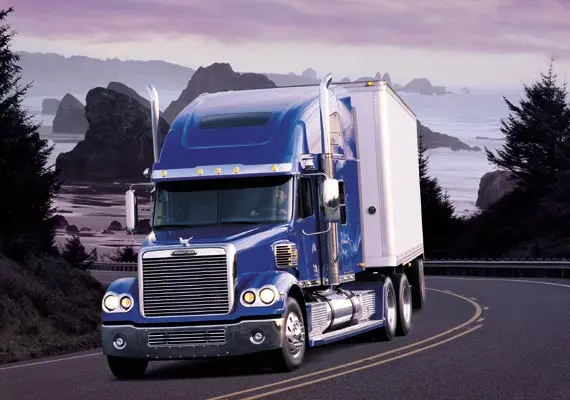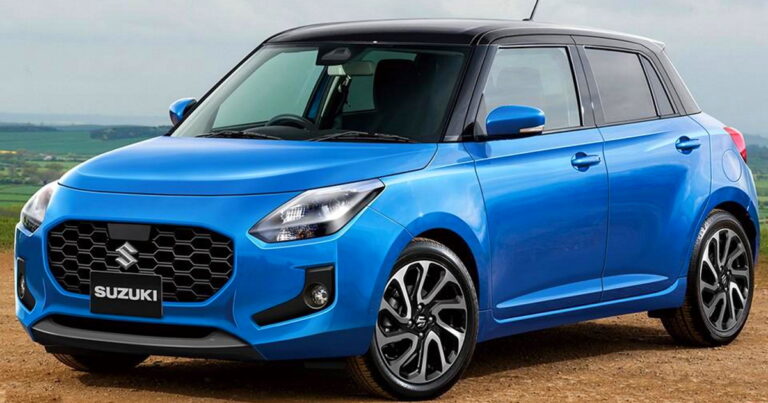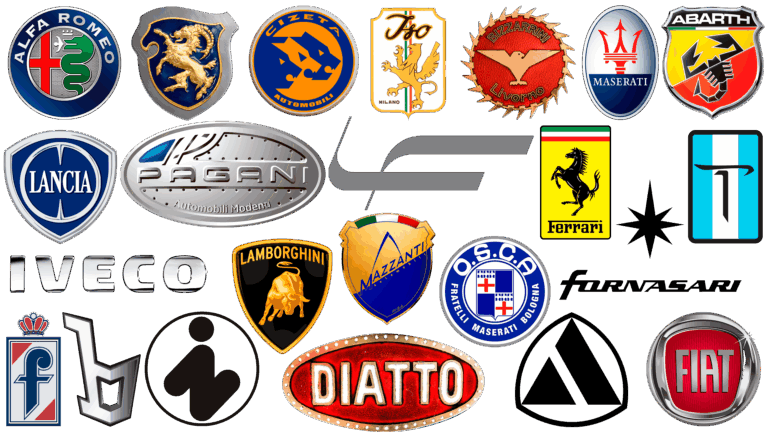Truck Engine Parts List: A Comprehensive Guide to the Heart of Your Rig
Truck Engine Parts List: A Comprehensive Guide to the Heart of Your Rig cars.truckstrend.com
The rumble of a powerful truck engine is more than just noise; it’s the symphony of meticulously engineered components working in perfect harmony. For truck owners, operators, and enthusiasts alike, understanding the intricate "Truck Engine Parts List" is not merely academic—it’s essential for maintenance, troubleshooting, and ensuring the longevity and efficiency of their valuable asset. The engine is the powerhouse, transforming fuel into the raw force that moves thousands of pounds across vast distances. Without a firm grasp of its internal workings, one is left vulnerable to unexpected breakdowns and costly repairs.
This comprehensive guide will meticulously break down the key components that constitute a truck engine, delving into their functions, importance, and what makes each part critical to the overall operation. Whether you’re a seasoned mechanic or a curious owner, this Truck Engine Parts List will serve as your detailed roadmap to the heart of your heavy-duty machine.
Truck Engine Parts List: A Comprehensive Guide to the Heart of Your Rig
I. The Core Block Components: The Engine’s Foundation
At the very center of any truck engine are the fundamental components that define its very existence and facilitate the combustion process. These parts form the engine’s structural integrity and are critical for converting chemical energy into mechanical motion.
- Cylinder Block: Often called the "engine block," this is the robust, foundational casting (typically cast iron or aluminum) that houses the cylinders, crankshaft, and provides mounting points for virtually all other engine components. It contains passageways for coolant and oil, crucial for thermal management and lubrication. Its structural integrity is paramount for the engine’s longevity.
- Cylinder Head: Bolted atop the cylinder block, the cylinder head forms the top of the combustion chamber. It contains the intake and exhaust valves, valve seats, spark plug holes (for gasoline engines), and fuel injector ports (for diesel engines). Precision engineering here is vital for sealing the combustion chamber and facilitating efficient gas flow.
- Crankshaft: This is the engine’s backbone, converting the linear (up-and-down) motion of the pistons into rotational motion. Connected to the pistons via connecting rods, the crankshaft rotates, transmitting power to the transmission and ultimately the wheels. Its balance and strength are critical for smooth operation.
- Pistons: Reciprocating components that move up and down within the cylinders. During combustion, the expanding gases push the pistons downwards, transferring force to the crankshaft. Pistons are fitted with piston rings that seal the combustion chamber, prevent oil from entering, and transfer heat to the cylinder walls.
- Connecting Rods: These sturdy links connect each piston to the crankshaft. They transmit the force generated by the combustion process from the piston to the crankshaft, enduring immense pressure and stress during engine operation.
- Camshaft: A rotating shaft with lobes (cams) that push open the intake and exhaust valves at precise times, allowing air to enter and exhaust gases to exit the cylinders. In some engines, there might be two camshafts (DOHC – Dual Overhead Cam). Proper valve timing is crucial for engine efficiency and power.
- Valves (Intake & Exhaust): These precisely machined components open and close to control the flow of air-fuel mixture (intake) and spent exhaust gases (exhaust) into and out of the combustion chamber. Their sealing integrity is vital for compression.
- Timing Gear/Chain/Belt: This critical system synchronizes the rotation of the crankshaft and camshaft(s), ensuring that the valves open and close at the precise moment relative to piston position. A failure here can lead to catastrophic engine damage (e.g., valves hitting pistons).
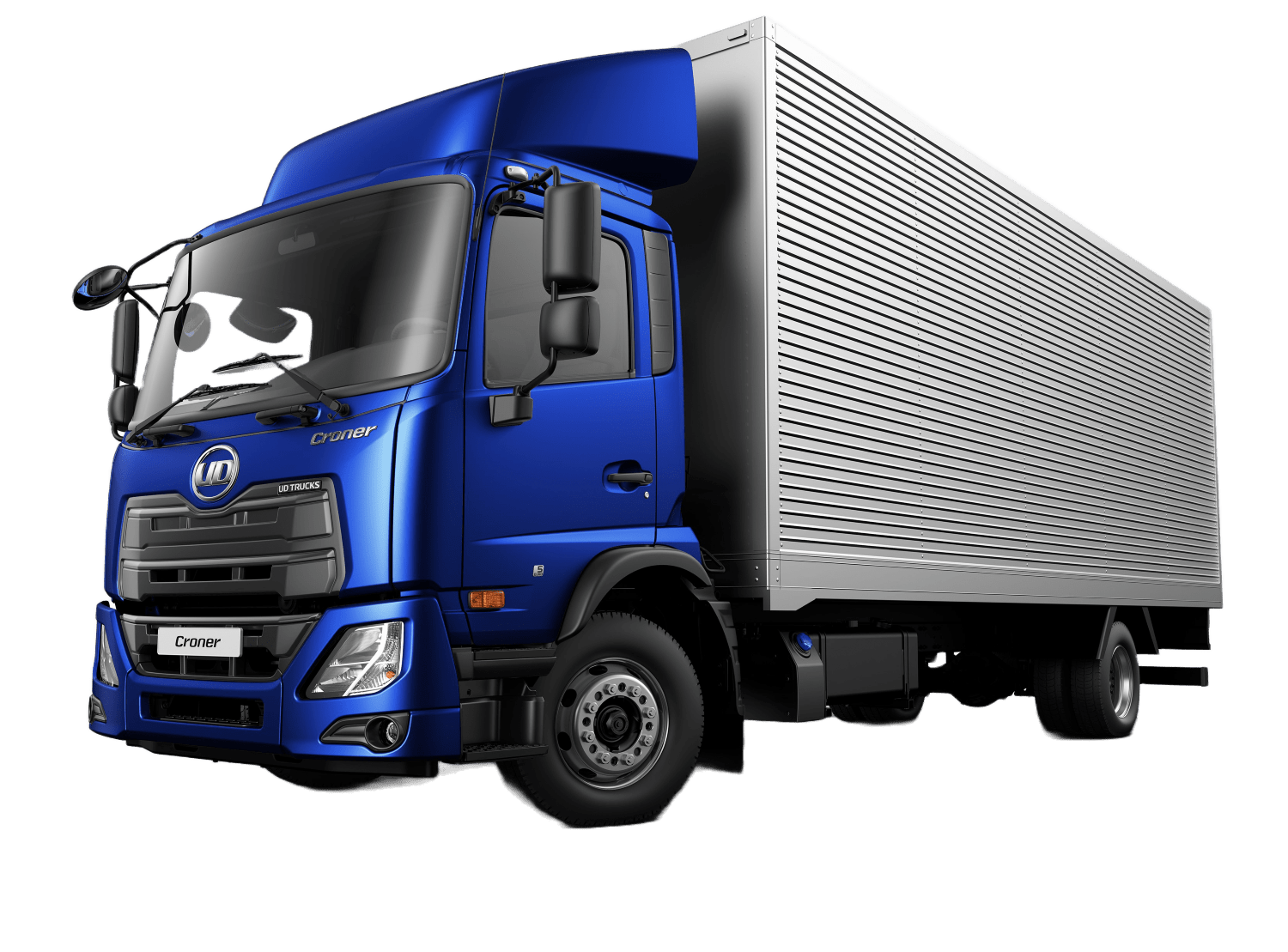
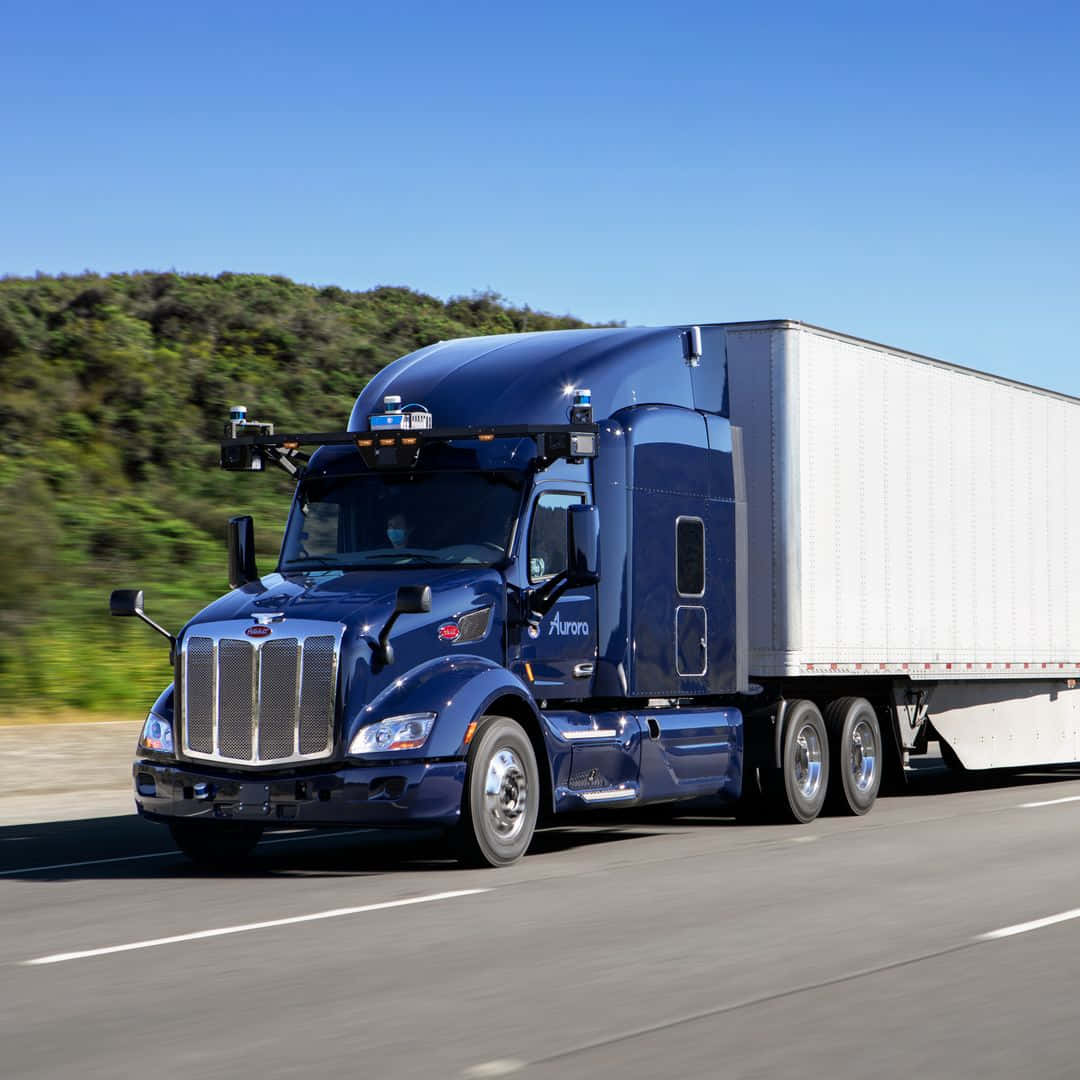
II. Fuel System Components: Powering the Combustion
The fuel system delivers and precisely meters fuel into the engine, where it mixes with air for combustion. Its components ensure clean, consistent fuel delivery.
- Fuel Tank: Stores the diesel or gasoline fuel for the truck.
- Fuel Pump: Draws fuel from the tank and delivers it under pressure to the engine. Modern trucks often have an in-tank pump and/or a high-pressure injection pump for diesel engines.
- Fuel Filter: Removes contaminants from the fuel before it reaches the injectors, protecting sensitive components and ensuring optimal combustion.
- Fuel Injectors: Electrically controlled nozzles that atomize and spray fuel into the combustion chambers (or intake manifold) at precise times and quantities. In diesel engines, these are highly sophisticated components operating at very high pressures.
- Fuel Lines: The network of pipes and hoses that transport fuel from the tank to the engine and back (return lines).
- ECM (Engine Control Module): While not strictly a "fuel system" part, the ECM is the engine’s brain, precisely controlling fuel injection timing, duration, and pressure based on sensor inputs, optimizing performance and emissions.
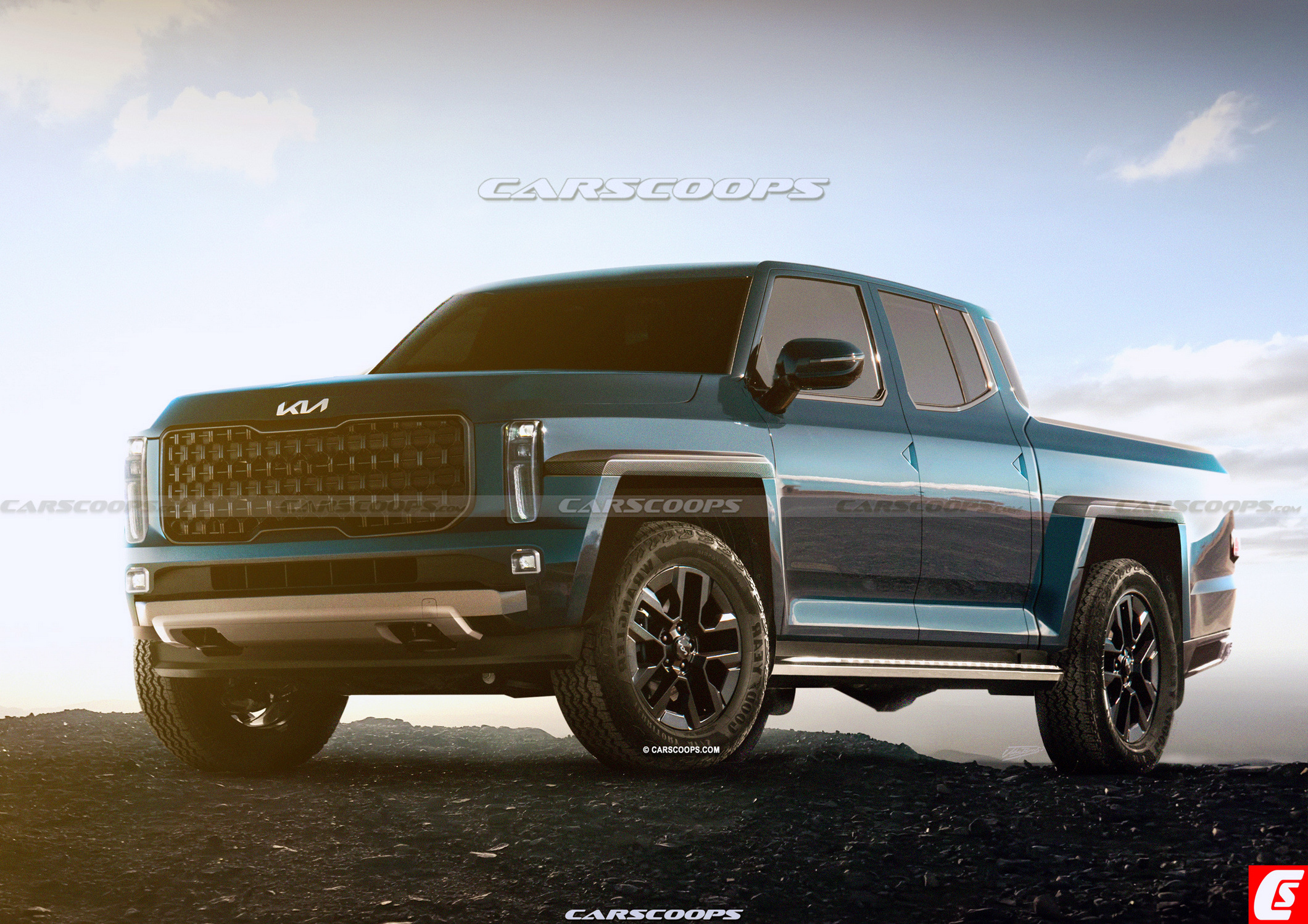
III. Air Intake and Exhaust System Components: Breathing and Expelling
Just as vital as fuel, air is a key ingredient for combustion. The intake system brings in clean air, and the exhaust system manages the expulsion of spent gases.
- Air Filter: Filters dust, dirt, and debris from the air before it enters the engine, protecting internal components from abrasive wear.
- Turbocharger/Supercharger: (If equipped) These forced induction devices compress incoming air, forcing more oxygen into the cylinders, significantly increasing engine power and efficiency. Turbochargers are exhaust-driven, while superchargers are belt-driven.
- Intake Manifold: Distributes the clean, often compressed, air evenly to each cylinder’s intake port.
- Exhaust Manifold: Collects hot exhaust gases from each cylinder and directs them into a single pipe leading to the exhaust system.
- Muffler/Catalytic Converter/DPF (Diesel Particulate Filter): Components in the exhaust stream that reduce noise (muffler) and convert harmful emissions into less toxic substances (catalytic converter for gasoline, DPF and SCR – Selective Catalytic Reduction – for diesel).
- EGR Valve (Exhaust Gas Recirculation): Reroutes a small portion of exhaust gas back into the intake manifold to reduce NOx emissions by lowering combustion temperatures.
IV. Lubrication System Components: The Engine’s Lifeblood
Oil is critical for reducing friction, cooling, and cleaning engine components. The lubrication system ensures a constant supply of clean oil throughout the engine.
- Oil Pan: A reservoir located at the bottom of the engine that stores engine oil when the engine is not running or during circulation.
- Oil Pump: Circulates engine oil under pressure from the oil pan through the oil filter and then to various engine components (bearings, camshafts, piston walls).
- Oil Filter: Removes contaminants, metal particles, and sludge from the engine oil, ensuring only clean oil lubricates the moving parts.
- Oil Cooler: Reduces the temperature of the engine oil, particularly important in heavy-duty truck applications where engines generate significant heat.
- Oil Pressure Sensor: Monitors oil pressure and sends signals to the ECM or dashboard gauge, alerting the driver to dangerously low pressure.
V. Cooling System Components: Managing the Heat
Combustion generates immense heat, which must be managed to prevent engine damage. The cooling system dissipates this heat, maintaining optimal operating temperatures.
- Radiator: A heat exchanger that dissipates heat from the coolant to the ambient air. Hot coolant flows through tubes, and air passing over fins cools it down.
- Water Pump: Circulates coolant (a mixture of water and antifreeze) throughout the engine block, cylinder head, and radiator.
- Thermostat: A temperature-sensitive valve that regulates the flow of coolant to the radiator, maintaining the engine at its optimal operating temperature.
- Coolant Hoses: Flexible rubber hoses that transport coolant between the engine, radiator, and other cooling system components.
- Cooling Fan: Draws air through the radiator to enhance heat dissipation, especially when the truck is stationary or moving slowly.
VI. Electrical & Ignition System Components: Sparking Life
The electrical system provides the necessary power for starting, ignition, and operating various engine sensors and actuators.
- Battery: Provides the initial electrical power to start the engine and power the vehicle’s electrical systems when the engine is off.
- Alternator: Recharges the battery and powers the vehicle’s electrical systems once the engine is running.
- Starter Motor: An electric motor that engages the flywheel to crank the engine and initiate the combustion process.
- Glow Plugs (Diesel) / Spark Plugs (Gasoline): Glow plugs preheat the combustion chamber in diesel engines to aid cold starts. Spark plugs generate a high-voltage spark to ignite the air-fuel mixture in gasoline engines.
- Sensors: A vast array of sensors (e.g., Oxygen Sensor, MAF/MAP Sensor, Crankshaft Position Sensor, Camshaft Position Sensor, Coolant Temperature Sensor, Oil Pressure Sensor) provide critical data to the ECM for optimal engine management.
- Wiring Harness: The complex network of wires and connectors that transmit electrical signals and power throughout the engine and vehicle.
VII. Ancillary & Mounting Components: Support and Drive
These components provide support, drive accessories, and connect the engine to the rest of the drivetrain.
- Engine Mounts: Rubber and metal components that support the engine within the chassis, absorbing vibrations and noise.
- Serpentine Belt/Accessory Belts: A single, long belt (or multiple shorter belts) that drives various engine accessories like the alternator, power steering pump, air conditioning compressor, and water pump.
- Pulleys/Tensioners: Guide the serpentine belt and maintain proper tension to ensure efficient power transfer to the accessories.
- Flywheel: A heavy disk attached to the crankshaft that smooths out engine power impulses and provides a surface for the starter motor to engage and the clutch (manual transmission) or torque converter (automatic transmission) to connect.
Practical Advice and Actionable Insights for Your Truck Engine
Understanding the Truck Engine Parts List is the first step; proactive maintenance is the key to ensuring your engine runs smoothly and reliably for hundreds of thousands of miles.
- Adhere to Service Schedules: Follow the manufacturer’s recommended maintenance intervals for oil changes, filter replacements (oil, fuel, air), and coolant flushes. These are not suggestions but critical guidelines for engine health.
- Listen and Feel: Pay attention to any unusual noises (knocks, squeals, hisses), vibrations, or changes in engine performance. Early detection of issues can prevent minor problems from escalating into major, costly repairs.
- Monitor Dashboard Lights: Never ignore a "check engine" light or other warning indicators. These are your engine’s way of telling you something is wrong. Get diagnostic codes read promptly.
- Use Quality Fluids and Parts: Always use the correct type and viscosity of engine oil, coolant, and fuel as specified by the manufacturer. When replacing parts, opt for genuine OEM (Original Equipment Manufacturer) or high-quality aftermarket components. Cheap parts can lead to premature failure and more expensive repairs down the line.
- Regular Inspections: Periodically inspect belts for cracks or fraying, hoses for leaks or bulges, and fluid levels. A visual inspection can often catch potential problems before they become critical.
- Professional Diagnostics: Even if you’re handy, consider regular professional engine diagnostics, especially for complex systems like the fuel injection or emissions controls. Modern truck engines are highly computerized and require specialized tools.
Truck Engine Parts List: Estimated Price Guide
Please note: The prices listed below are highly variable and serve only as a general estimate. Actual costs depend heavily on the truck make and model, engine type (diesel vs. gasoline), brand (OEM vs. aftermarket), new vs. remanufactured, labor costs, and regional market conditions. Always obtain a specific quote for your vehicle.
| Part Name | Estimated Price Range (USD) | Notes |
|---|---|---|
| Core Components | ||
| Cylinder Head | $500 – $3,000+ | New or remanufactured; specific to engine size & type |
| Crankshaft | $500 – $3,000+ | New or remanufactured; depends on engine model |
| Piston (each) | $50 – $250 | Varies by engine type, material, and size |
| Connecting Rod (each) | $40 – $200 | |
| Camshaft | $200 – $800 | Single vs. dual overhead cam; material |
| Timing Belt/Chain Kit | $100 – $500 | Often includes tensioners, idlers; varies by engine complexity |
| Fuel System | ||
| Fuel Injector (each) | $50 – $400+ | Diesel injectors generally more expensive, high-pressure systems |
| Fuel Pump | $100 – $800 | Mechanical vs. electric; in-tank vs. frame-mounted |
| Fuel Filter | $15 – $70 | Quality and specific filtration rating |
| Air & Exhaust | ||
| Air Filter | $20 – $100 | Size, type (e.g., heavy-duty commercial) |
| Turbocharger | $800 – $5,000+ | New vs. remanufactured; specific to engine size and boost requirements |
| EGR Valve | $150 – $600 | Electronic vs. vacuum-operated |
| DPF (Diesel Particulate Filter) | $1,000 – $5,000+ | Highly regulated, expensive component for modern diesels |
| Lubrication | ||
| Oil Pump | $80 – $400 | Gear vs. rotor type; material |
| Oil Filter | $15 – $50 | Quality and size |
| Cooling System | ||
| Radiator | $200 – $1,000+ | Core material (aluminum/copper), size, and capacity |
| Water Pump | $80 – $400 | Varies by engine type and drive mechanism |
| Thermostat | $20 – $80 | Housing included or just the insert |
| Electrical | ||
| Alternator | $150 – $800 | Remanufactured vs. new; amperage output |
| Starter Motor | $150 – $600 | Remanufactured vs. new |
| Glow Plug (each) | $15 – $50 | Specific to diesel engine models |
| Spark Plug (each) | $5 – $20 | Specific to gasoline engine models |
| ECM (Engine Control Module) | $500 – $2,000+ | Remanufactured vs. new; programming often required |
Frequently Asked Questions (FAQ) about Truck Engine Parts
Q1: How often should I change my truck’s engine oil?
A1: This largely depends on your truck’s make and model, engine type, and the type of oil used (conventional vs. synthetic). Heavy-duty trucks often have extended oil change intervals, but always refer to your owner’s manual or the engine manufacturer’s recommendations. Factors like operating conditions (e.g., heavy hauling, dusty environments) can also necessitate more frequent changes.
Q2: What are common signs of engine trouble that relate to specific parts?
A2: Common signs include unusual noises (knocking could indicate connecting rod or main bearing issues; ticking could be valve train components), excessive smoke from the exhaust (blue for oil burning, black for rich fuel, white for coolant), loss of power (could be fuel system, turbo, or air intake), excessive oil consumption, or coolant leaks. Dashboard warning lights are also critical indicators.
Q3: Is it better to use OEM or aftermarket parts for my truck engine?
A3: OEM (Original Equipment Manufacturer) parts are designed specifically for your truck by the manufacturer and often offer the best fit and reliability. Aftermarket parts can be more affordable and sometimes offer performance upgrades, but quality varies widely. For critical engine components, many prefer OEM or reputable aftermarket brands that meet or exceed OEM specifications to ensure durability and proper function.
Q4: How does a turbocharger work in a truck engine?
A4: A turbocharger uses the otherwise wasted energy from the engine’s exhaust gases to spin a turbine. This turbine is connected by a shaft to a compressor in the intake system. As the turbine spins, it drives the compressor, which forces more air into the engine’s cylinders. More air means more oxygen, allowing for more fuel to be burned, thus significantly increasing engine power and efficiency without increasing engine displacement.
Q5: What’s the importance of the ECM (Engine Control Module)?
A5: The ECM is the "brain" of a modern truck engine. It continuously monitors dozens of sensors (like temperature, pressure, speed, oxygen levels) and uses this data to make thousands of calculations per second. Based on these calculations, it precisely controls critical engine functions, including fuel injection timing and duration, ignition timing, turbocharger boost, exhaust gas recirculation (EGR), and emissions controls, ensuring optimal performance, fuel efficiency, and compliance with emission standards.
Q6: Can I replace engine parts myself, or should I always go to a professional?
A6: For basic maintenance items like air filters, fuel filters, or even serpentine belts, many truck owners can perform replacements themselves with the right tools and knowledge. However, for internal engine components (e.g., pistons, crankshafts, cylinder heads), fuel system components (e.g., injectors, high-pressure pumps), or complex electrical/sensor issues, professional expertise is highly recommended. These repairs require specialized tools, diagnostic equipment, and a deep understanding of engine mechanics to ensure proper assembly and calibration.
Conclusion: Mastering the Machine
The "Truck Engine Parts List" is extensive, reflecting the complexity and precision engineering required to power heavy-duty vehicles. Each component, from the robust cylinder block to the minuscule oil filter, plays a vital role in the engine’s overall performance, reliability, and lifespan. Understanding this intricate ecosystem empowers truck owners and operators to make informed decisions about maintenance, identify potential issues early, and communicate effectively with mechanics.
A well-maintained engine is the cornerstone of a successful trucking operation. By respecting the individual contributions of each part and committing to proactive care, you ensure that your rig remains a powerful, efficient, and dependable workhorse on the open road for years to come.
